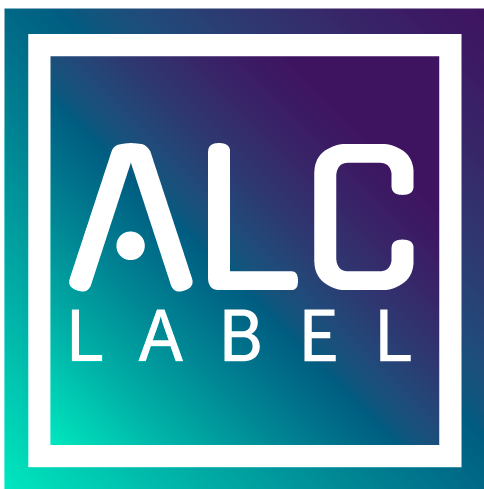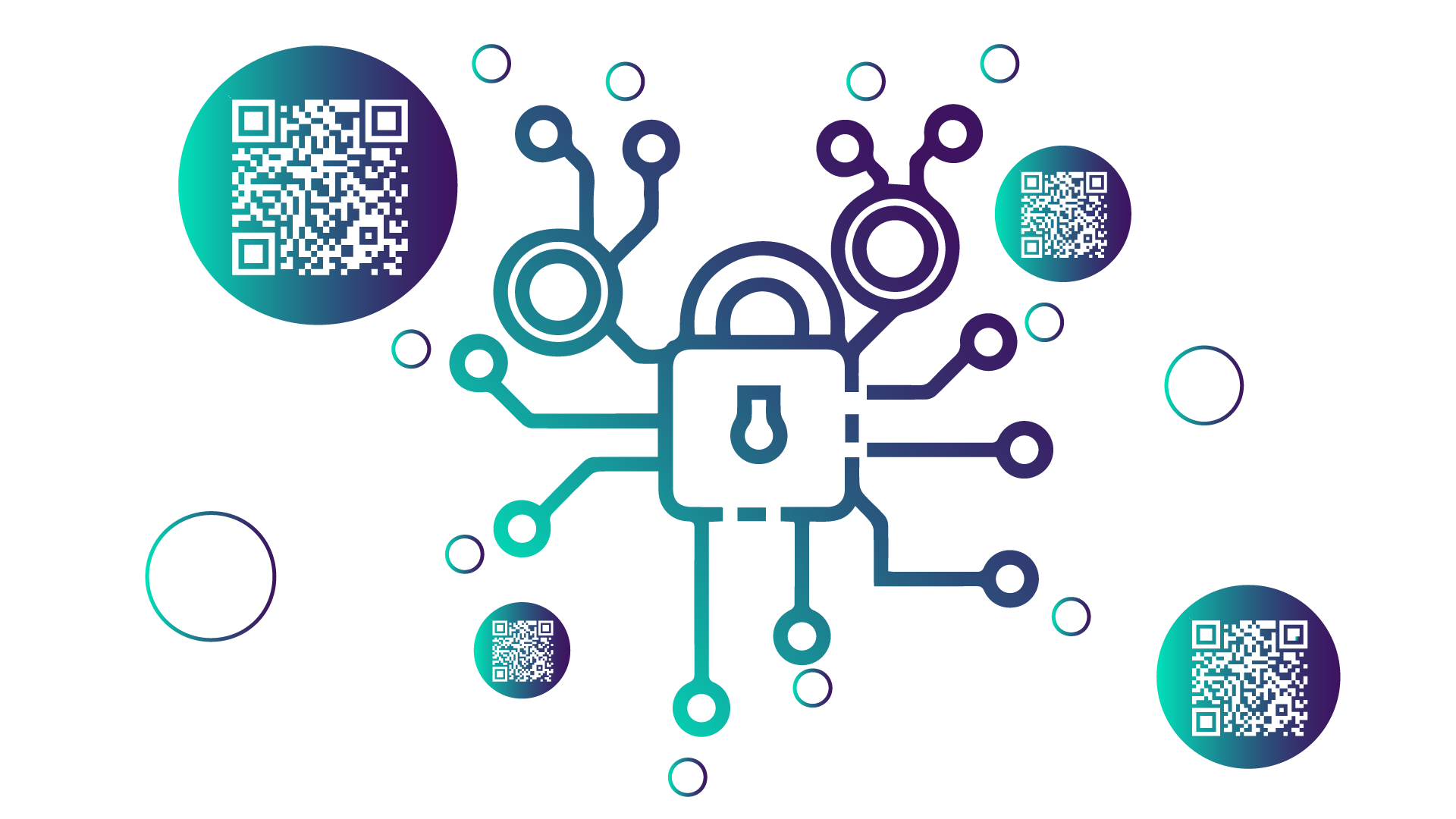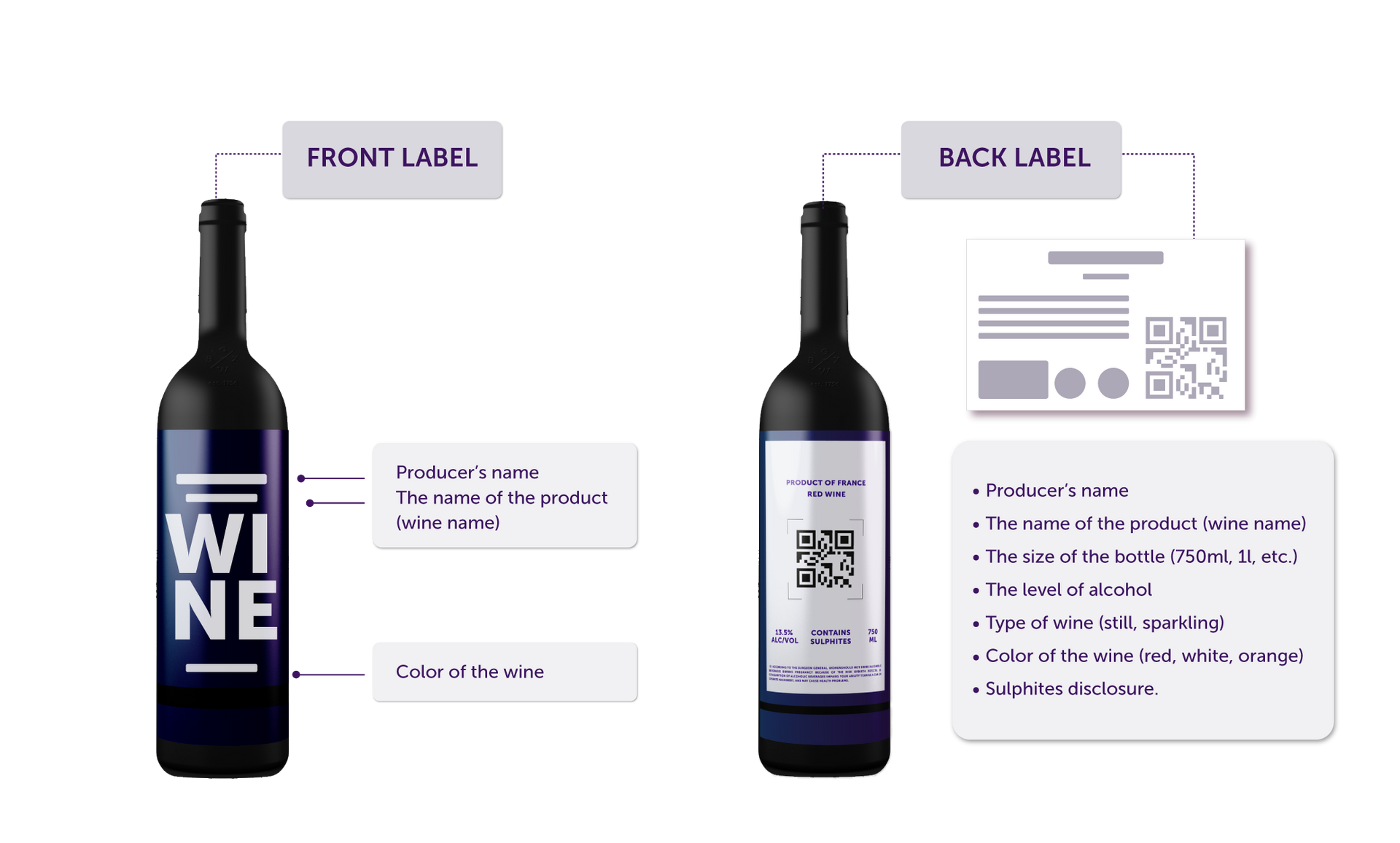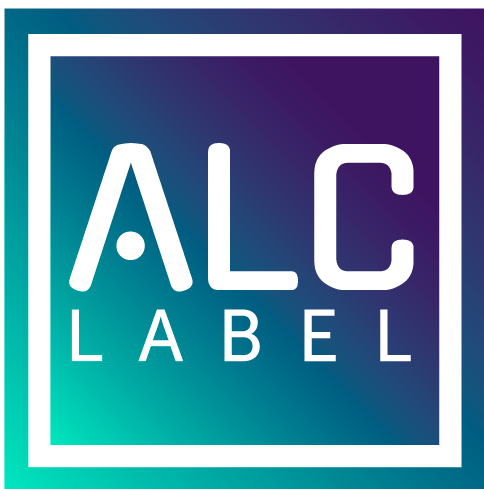How to Design and Generate a QR Code Label
QR codes are increasingly more popular. We used them in all facets of life and business. Their utility, while very simple, is quite effective in converting a visual representation of pixels into a weblink where more information can be accessed on demand. They also have a much smaller environmental footprint compared to traditional labels.
This rise in popularity has been aided by smartphone ubiquity. Consumers are expecting a higher level of transparency. As a result, regulators are stepping in, requiring companies to drive greater disclosures and accelerate the transition. And rightfully so!
QR codes are the equivalent of a double-click of your computer mouse but in the physical world. And having your own QR code in each label will allow you to inform and connect with your customer. So why not use them to power up your business?
What are the benefits of QR codes for alcohol brands?
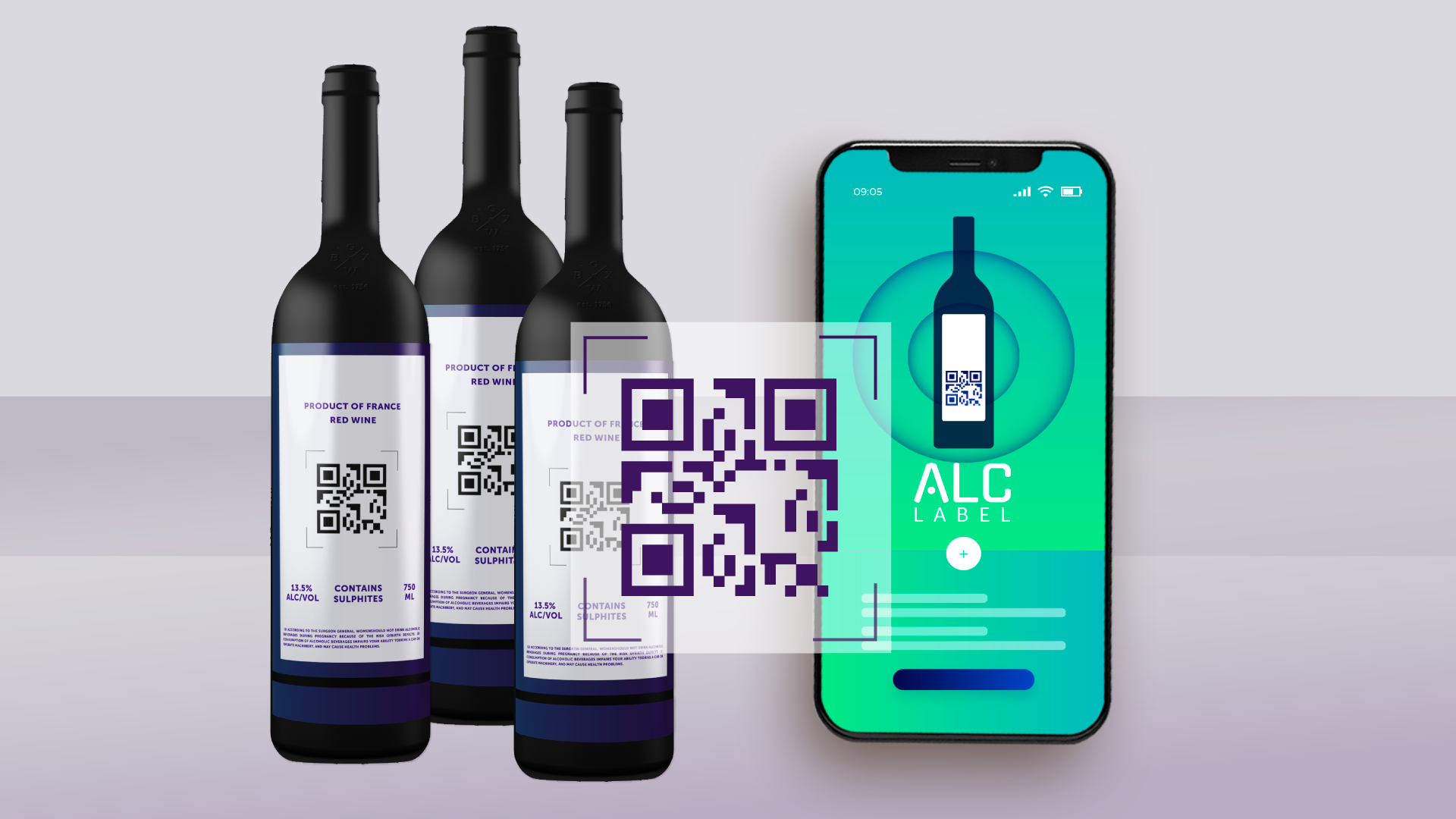
Numerous. They are a bridge from the physical to the virtual world. They pave the way for customer engagement.
One of the most common QR code use cases is when you want to promote your brand, making it stand out from the rest. A code scan by a potential buyer is enough to access different types of information, such as:
- Detailed technical sheets
- History of your brand
- People behind your brand
- Your methods of production
- Your environmental and sustainability practices
- Suggested recipes and pairing recommendations
- … and much more
It is just a matter of time before we permanently live in a hybrid physical-meta world. A code scan will allow you to immerse yourself in augmented reality (AR) at the winery or the vineyard before transitioning to virtual reality. For this reason, we thing that qr code usage will increase in the future, and that it will be key for marketing campaigns.
But let’s get back to the present. It is necessary to consider several factors when designing a QR code label. This article will explore the factors you should consider when creating QR code labels.
How to create a QR code label for your alcohol product?
Below we will outline the Top 8 factors to consider if you want to create qr codes for your labels:
- Outcome: Decide on the outcome that you are seeking. What are you trying to accomplish? Is QR code the best way to achieve the outcome?
- Size: If you want to create qr code labels, ensure your labels are large enough for the QR codes. Common-size labels would be more cost-effective than custom-size labels. A good rule of thumb is to allocate at least 1x1 cm of space for the QR code. This way, the phone will have no trouble scanning it.
- Positioning: After choosing the size of the label, you must decide where to place the QR code. You should not put the code in certain places, for example, near the edges (if your label has curved edges), as it will make it difficult to scan the code. Instead, a good place is in the top or bottom right of the label, as it will be easier to scan the code there.
- Contrast: Envision the various possible scan situations. Low light is the enemy of scans. As such, design the label and give the QR Code Image as much contrast as possible. Ideally, if the QR code is black, it should have a white background and vice versa.
- Reference Link: Decide where to link the code: your website, a detailed technical sheet, more information about your brand, carbon footprint or other sustainability disclosures, and so forth.
- Workflow, Analytics and Management: Not all solutions are equal. If ‘set-it-and-forget-it’ is all you seek, then any QR code generator will work. However, if you are looking for a solution that will provide you with: i) optionality on where to direct the links; ii) scan statistics; iii) integration with other tools; iv) tailored information to your specific brand and industry 🡪 Then opt for a solution like ALCLabel.com
- Solution: Many free and paid solutions allow you to create your QR code, such as the QR Code Generator by Bitly, Go QR or QRCo.de. But those have serious limitations as they are intended for static QR codes. Therefore, evaluate various solutions based on what best addresses the outcome that you are seeking.
- Generate: Generate the QR code and embed it in your product label.
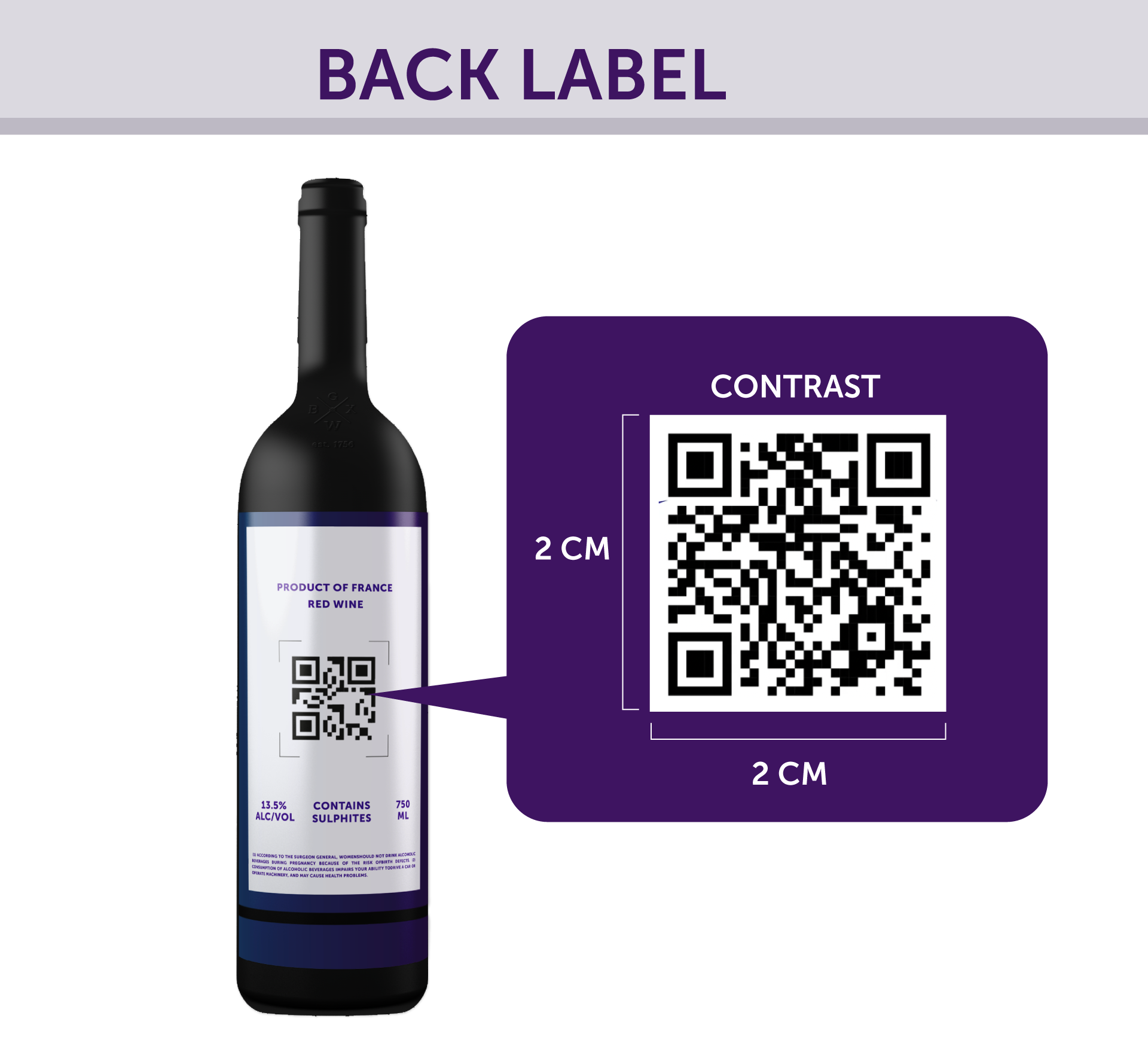
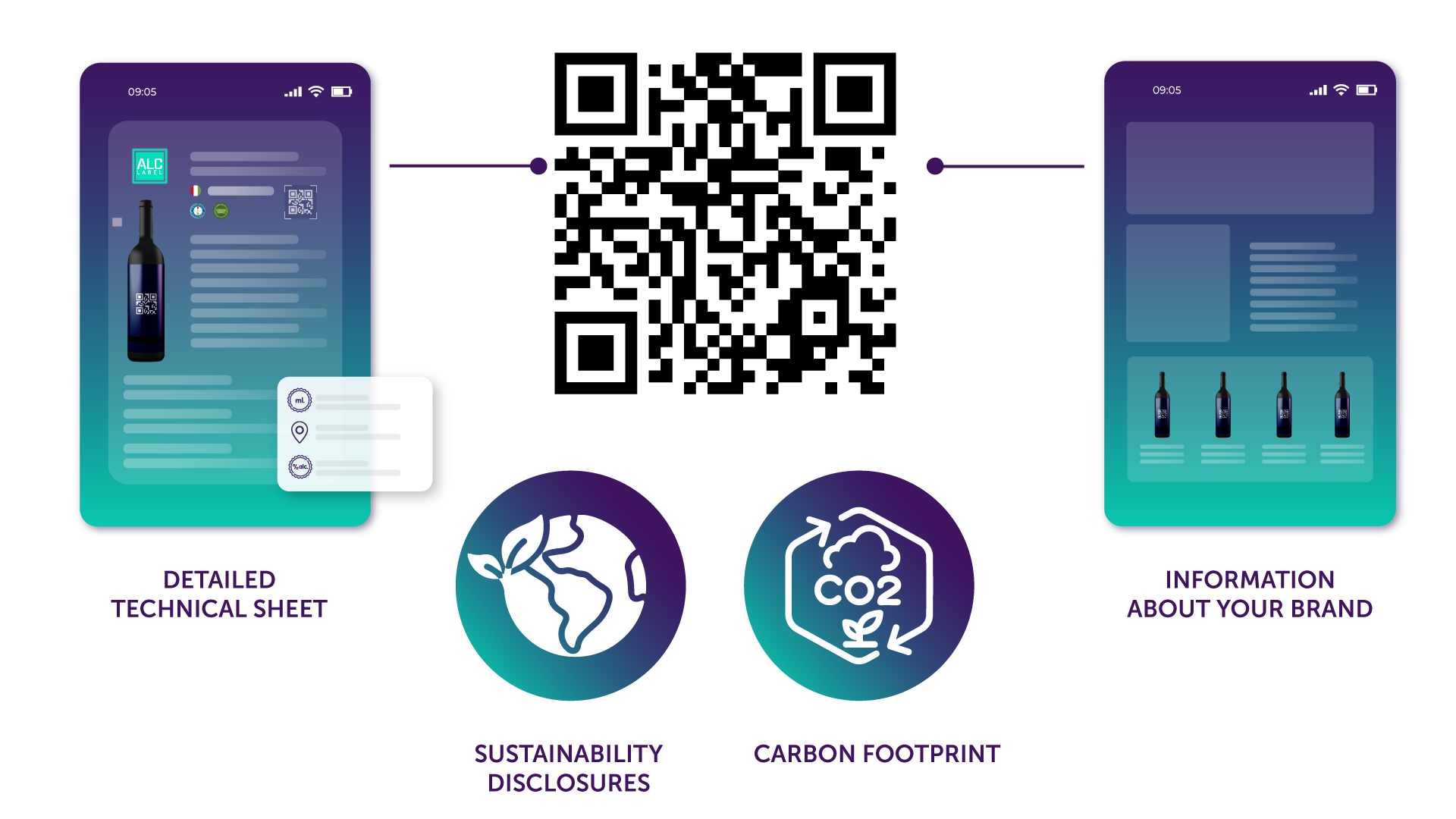
Static vs. Dynamic QR Codes
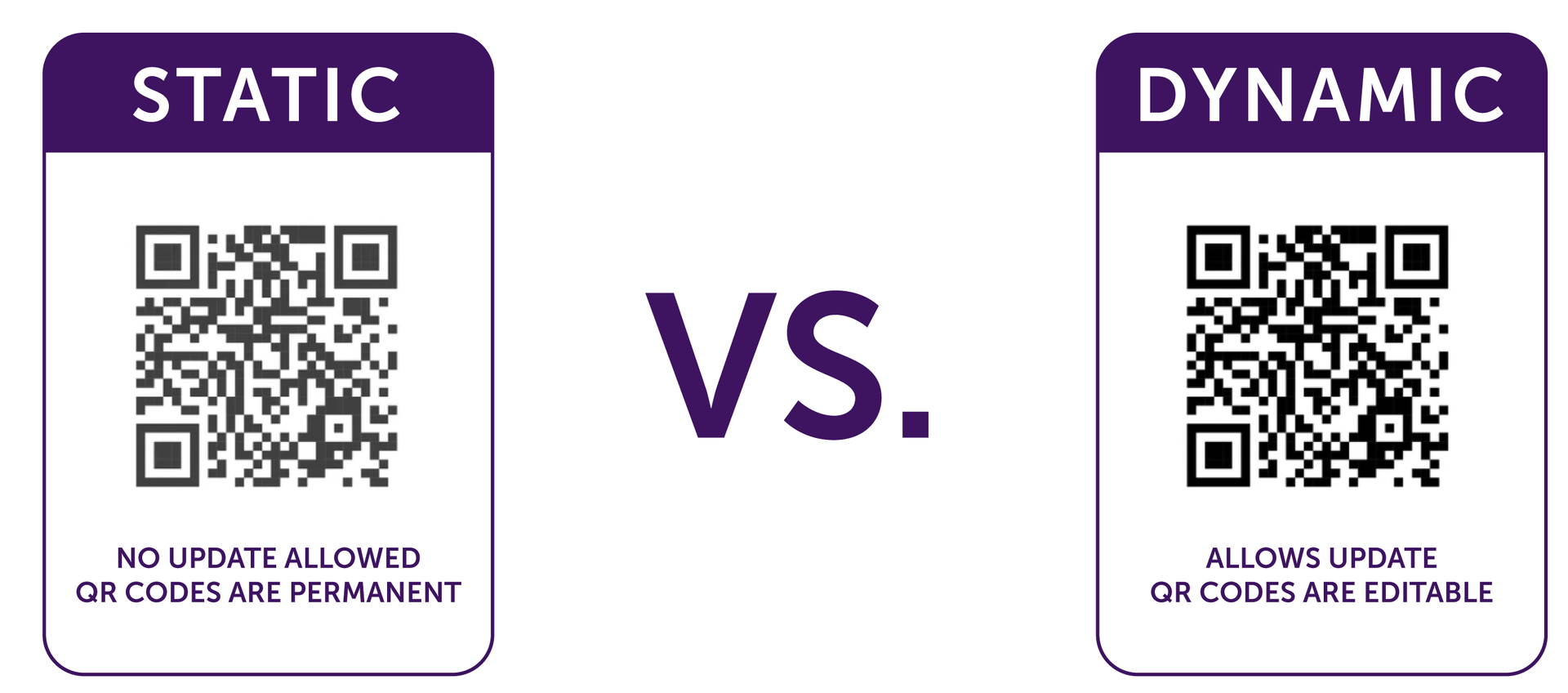
One thing you should keep in mind when printing your QR code is that there are two types of QR codes:
- Static: Allows you to link the QR code once. It does not give you the possibility to overwrite where the QR code reference link. For example, a static QR code may be an adequate solution to promote your brand's website. It is unlikely that the reference link will change.
- Dynamic: Allows you to modify the QR code reference link. For example, suppose you want to point the QR code to dynamic web pages or include a spreadsheet with all the relevant information about your wines. In that case, use dynamic QR codes, as they allow you to modify them as often as you need to add or change data in the spreadsheet.
What does the future hold for labelling?
The Common Agricultural Policy (CAP) reform is an important leading indicator for the future of labelling. In 2023, we will see labels as a combination of the following:
- physical, on the bottle label with the basic mandatory information and a visual to stand out and carry the brand
- virtual, via a QR code, that provides detailed information simultaneously in the 26 European languages.
Our conversations with the regulators show a strong desire for standards harmonization. It is a matter of time before we see this play outside the European Economic Area in North America and other Commonwealth countries.
What you need to know about printed QR code labels
Remember that when designing and printing your QR code labels, you should opt for the highest possible quality so smartphones can read the code easily. Therefore, it is best to print it in a suitable format (e.g. PNG or PDF), using a high-resolution (300dpi) suitable for printing to ensure the lines are crisp. Refer to our guide on “How to print a QR Code Label” for in-depth information on print considerations.
Final thoughts
QR codes are a new and increasingly popular way to promote products. Alcohol products, like wine, beer, and spirits, are no exception. Starting in 2023, the new European regulations require all alcohol products marketed in European countries to be labelled with a QR label code to drive transparency and disclosures.
But why not seize the opportunity? Give your customers more information about your products. This information is valuable when making a buying decision.
